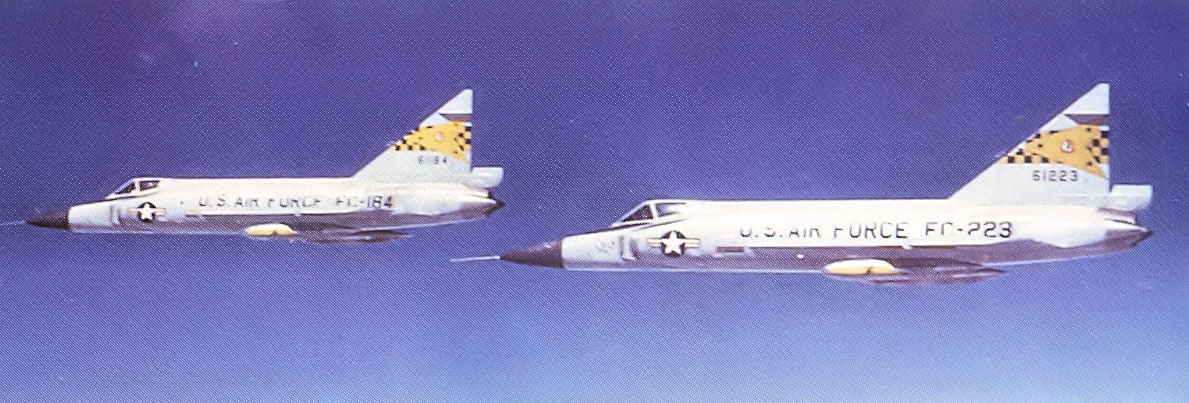Why the oxygen mask?
Fighter pilots consistently wear a mask and helmet. Fighter jocks at high altitudes need oxygen masks in order to prevent hypoxia and maintain the brain’s oxygen supply. In addition to being communication devices, the helmet and mask unit also protect pilots from injuries, extreme temperatures, high winds, and debris during maneuvers and ejection. Fighter pilots today always wear a helmet and mask unit throughout the whole duration of each flight, according to Simple Flying. But it wasn’t always the case.
Pete Steitz, a former USAF F-102A Delta Dagger pilot, explains on Quora;
‘Back in the day when I flew the F-102A (1968ish), we routinely let the mask hang on one strap and turned off the 02. Why, you might ask?
Oxygen mask worn for all takeoffs and landings
‘The thinking in the 1950’s was a pilot was like a future astronaut. He needed lots of oxygen. He needed 100% 02. There was no mixing with ambient air. He even needed it delivered under pressure, even though the cockpit was pressurized after 10,000 feet to a constant 5psi. The 02 system was either off or on. It was a liquid 02 system; therefore, it had to be delivered under pressure. The mask was worn for all takeoffs and landings.’
He continues;

‘02 was being fed to you. You didn’t have to really inhale like all other 02 systems I had in the Air Force and commercial aviation.’
‘Any gas under pressure will force more of it into your lungs due to the higher pressure. You take in more than your body needs. It’s stored and then released in your bloodstream later on. I was a SCUBA diver for many years and was very well-educated on this topic. This is also why you should not fly for 12 hours after diving. You need that period to get back to normal atmospheric pressure. Look at the AIM, 8–1–2 & 3. CFR 135.89 and CFR 91.211.
‘None of the above addresses 02 UNDER PRESSURE. These are all “on-demand” systems and requirements. I was getting way more 02 than I needed. At angels40, with a cockpit at 5psi which was about 17,000 feet, I didn’t need 100% 02 under pressure. The Air Force evidently thought differently.
Excess 02
Steitz concludes;
‘Using that mask all the time when it was not needed was a real pain. You exhaled against pressure and inhaling was forced on you. We didn’t need 02 at cockpit altitudes below 10,000 feet. So, we hung the mask and turned our mouth into it to talk. We used hand signals in formation and on the wing, all I ever said was “alpha”.’
‘After missions at high altitudes, where we needed to have the mask on, we suffered something like the bends, hours after landing. The excess 02 in our bodies would come out in our inner ear and some joints. I sometimes would wake at night with an acute ear block which I had to clear.’

Photo by U.S. Air Force and Jet Pilot Overseas via This Day in Aviation

